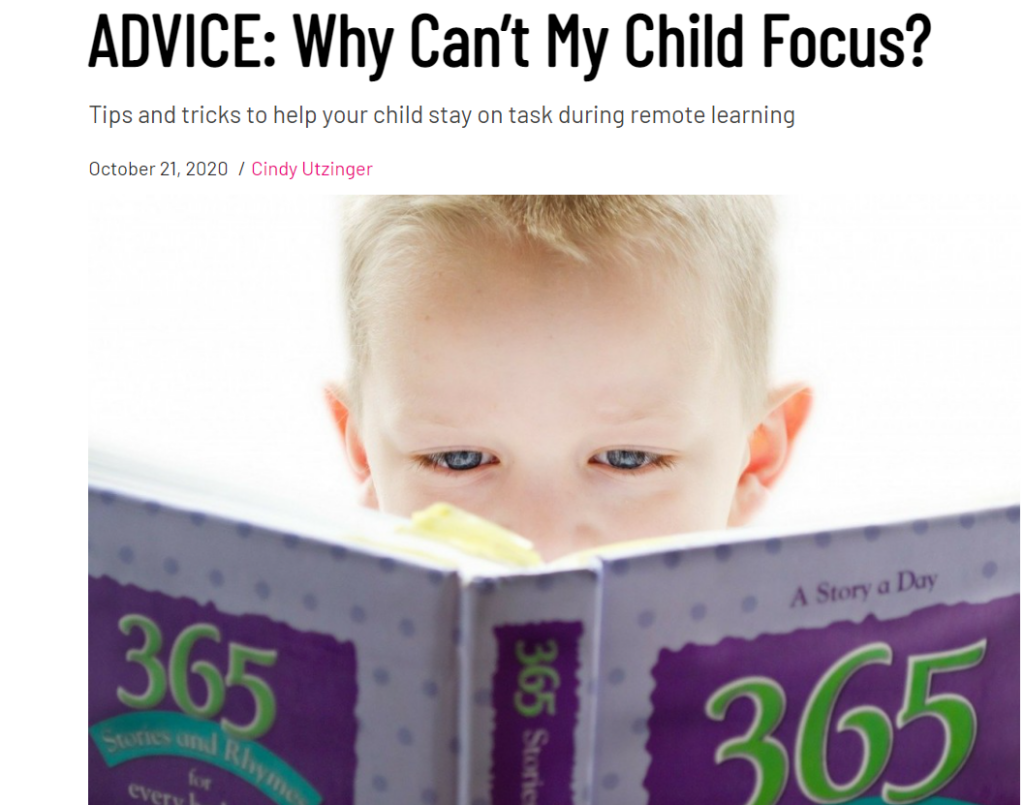Well, the real question is “Where am I in space?” That is probably not a question that you ask yourself very often, however, it is an important concept to understand. Let me briefly explain why this is important for our children to understand and then give you some ideas on how you can help your children develop this understanding through play.
Before I do that, though, I want you to stop for a second and describe the picture that is hanging on the wall in the room where you are sitting? I would be willing to bet that you had to look up to find the picture before describing it. That is because you had to know where the picture was before you could ever get started to describe it. Once you know where it is, you can start to describe the qualities of the picture.
Children need to have a clear understanding of where they are in space for success in many different areas including:
- Impulse control
- Sitting still
- Focusing and maintaining attention
- Balance and activities that require balance (such as riding a bike)
- Fine motor and gross motor coordination
- Reading, writing, and math
- Understanding concepts and being able to visualize
How do children gain an understanding of where they are in space? They do this through their sensory system and specifically through their vestibular, proprioceptive, and tactile systems.
- Our vestibular system gathers information when we move our heads in relation to gravity. This system helps us to develop a sense of and comprehend what our bodies are doing in relationship to the rest of the world.
- Our proprioceptive system gives us our sense of position and helps us to understand our movements and gathers information through our muscles, ligaments, and joints.
- Our tactile system is our sense of touch.
As an Occupational Therapist, many of the children with whom I work do not have a clear understanding of where they bodies are in space or what their bodies are doing and, therefore, struggle in the areas I listed above. When I work with them in the clinic, I make sure that I provide them with lots of opportunities to take in vestibular, proprioceptive, and tactile information through play. This is something that you can very easily do at home with your children through play. Let me give you some ideas:
- Vestibular input: Activities that involve swinging, rolling, sliding, spinning, or being upside down (such as hanging from the monkey bars) provide children with vestibular input.
- Proprioceptive input: Activities that involve jumping, climbing, running, and using “heavy work” muscles (such as through wheelbarrow races, crab walking, pulling or pushing heavy loads, etc.) provide children with proprioceptive input.
- Tactile input: Activities that allow children to touch, experience different textures, and get their hands dirty provide children with tactile input. Pinterest is a great resource for sensory bins but one of my favorites is to simply fill a bin or bowl with dry rice and have kids dig through it to find small hidden objects (coins, matchbox cars, plastic magnetic letters, small figurines, etc.).



